The Faberge Collection came to Luton Hoo with the marriage of the Countess Anastasia (Zia) de Torny and Harold Wernher, whose father formed the Wernher Collection and purchased Luton Hoo in 1903.
A Faberge Collection at Luton Hoo
When I answered an advertisement in a local paper for “A Clerical Assistant” in 1985 in the Estate Office at Luton Hoo I did not envisage that I would eventually come into very close contact with a wonderful collection of Faberge items on display to visitors in the Mansion House.
The Faberge Collection came to Luton Hoo with the marriage of Harold Wernher to Countess Anastasia (Zia) de Torby – Harold was the son of Julius Wernher who formed the Wernher Collection and purchased Luton Hoo in 1903 – the quite large collection comprised of both useful items and ornaments.
The word Faberge immediately brings to mind large eggs which were originally made for the ruling Russian Royal Tsarina as a surprise Easter Egg. These eggs were all individual and often contained a surprise: the one of a small chicken sitting inside. The collection at Luton Hoo did not have a large egg but there was a collection of 40 small eggs on a chain – representing the 40 days of Easter. Each egg was individual and beautifully decorated with precious metals and jewels.
Not the classical “Faberge Eggs”
My particular favourite in the collection was a black obsidian bear, beautifully modelled with the bear sitting and his back legs spread wide – you could even see the soles of his feet in minute detail.
In those days ladies would carry parasols – there were exquisite handles in rose quartz and green jade. Similarly gentlemen would carry sticks as a fashion accessory – their handles were also neat designs of unusual objects – one was a small jade cockerel with tall tail feathers. It looked strange for a handle but fitted the hand very comfortably. Another gentleman’s handle was a in the shape of a peaked cap. Also made out of jade with gold braid too !
A rather special item in the collection was a jade ladies lipstick holder with, on one end, a wonderfully portrayed eye – obviously a ladies eye !
This was then a discreet way of “flirting” – there was an expression of “giving a guy the eye” and when then it was fashionable to repair lip makeup in public pointing the eye in a particular direction – issued a message at the same time!
Among the items were several brooches – of agate and other cut and polished hard stones. These were regularly worn by Lady Zia – matching the brooch to the particular dress or coat she was wearing. There were 3 quite special copies of flowers – set in rock crystal vases – replicating water in the vase. One was a spray of lily of the valley – another was of for-get-me-nots and the third a spray of gypsophillia. All so beautiful and realistic. Two other items would have been put onto a ladies dressing table as “bells” to call her maid.
One was in the shape of a fish – green jade again – with opal eyes which would be pressed to ring the bell on the servants call board elsewhere in the building. The second bell was a engine turned red enamel globe shape with an opal on top (to press the bell) decorated with swags of gold and this was the bell that was placed in the bedroom of Queen Elizabeth II and Prince Phillip when visiting the Wernhers at Luton Hoo.
This was a regular occasion – usually in November to celebrate their wedding anniversary. A tradition carried on from their first visit during their honeymoon.
Elephants were a particular favourite of the whole family and there were “quite a herd” of them in various hardstones with either diamond or ruby eyes – in various poses – on one leg / trunk raised etc.
Other items were photograph frames and perpetual calendars – these with engine turned fascias all decorated with contrasting swags and coloured hard stones. One set of 3 items were matching in pink of a calendar / roller blotter / and an “aide-memoire” notepad used to be on Lady Zia’s desk for her correspondence.
Among a few larger items were boxes and cylinder shaped caskets usually of jade decorated with gold swagging – these were often used for the presentation of special documents to dignitaries.
Perhaps the largest item in the collection was a green jade “salver” with handles of rose gold studded with diamonds and rubies. Probably kept on a table for guests presenting their personal calling cards.
A Family Collection
This whole Faberge collection was rotated in special cabinets as part of the original Wernher Collection formed by Sir Julius Wernher but remained in the female hereditary line. Having been passed by Lady Zia to her 2 daughters – Georgine (Lady Kennard) and Myra (Lady Butter) who then both in turn passed the collection down to their 8 daughters.
The Wernher Collection is now with English Heritage and displayed at Rangers House in Greenwich. The Faberge Collection returned to the family after the closure of the Mansion House in 1997.
34 years later I still work at Luton Hoo – now working as Historian for the Hotel – and still enjoy keeping the history of Luton Hoo alive.

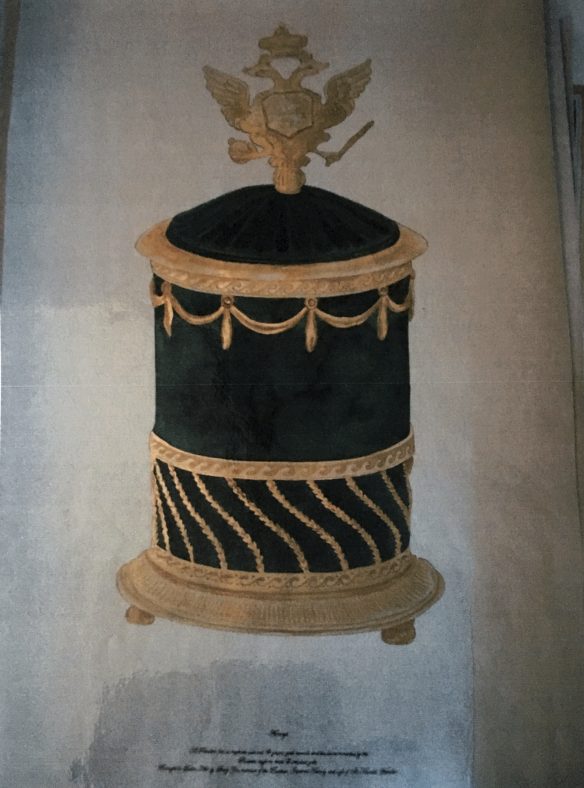
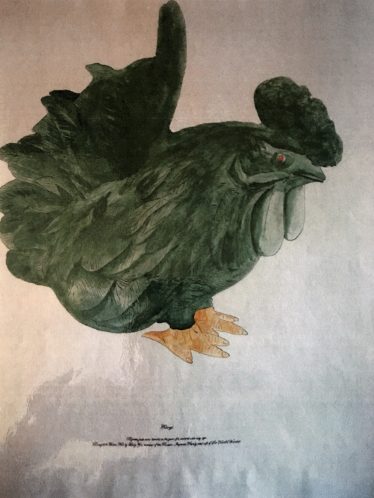
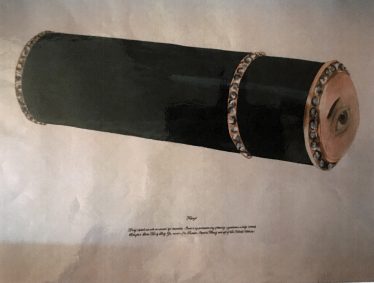
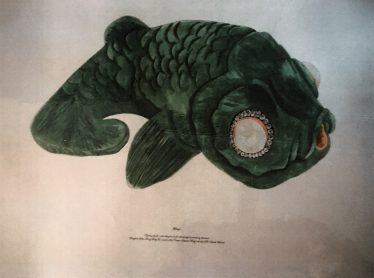
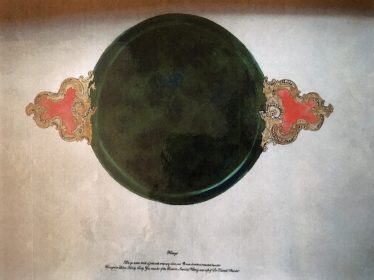






No Comments
Add a comment about this page